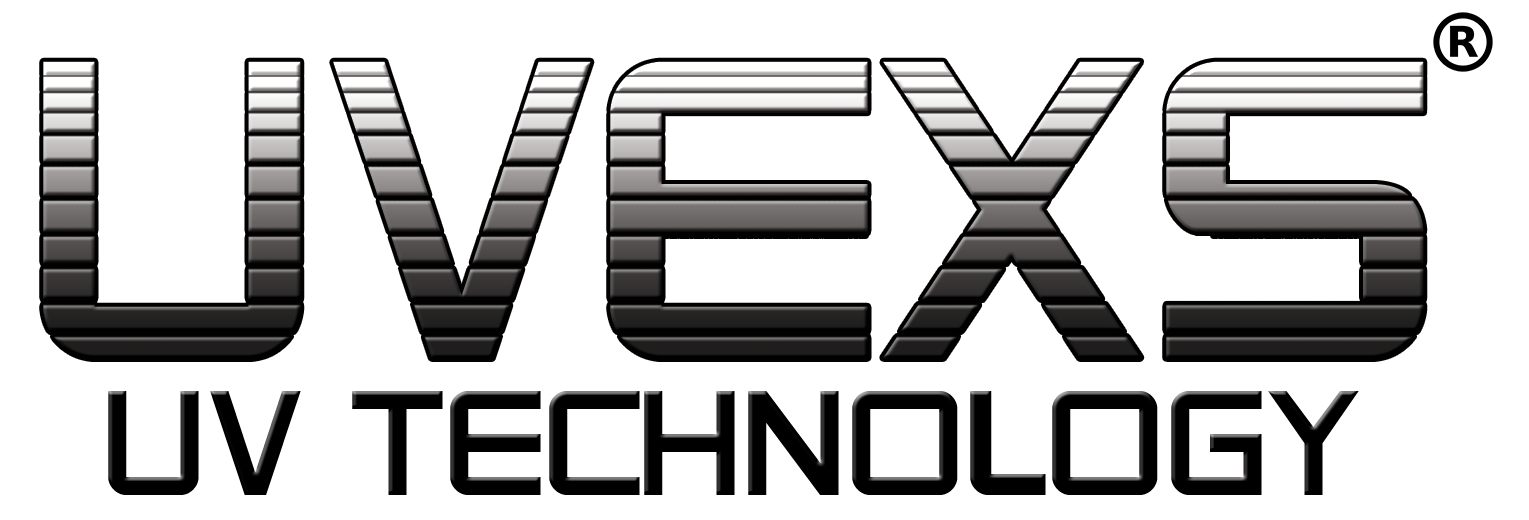UV Chemistry
Ultraviolet light is a range of wavelengths shorter than the visible light spectrum. These short wavelengths penetrate to the molecular level and excite portions of the molecule in various ways. When the skin is exposed to UV, these shorter wavelengths destroy the cell nucleus, causing the cell to die and turn red (sunburn, snow blindness, etc.). When protected from contact with humans by using protective glasses, gloves and clothing or housing the UV in protective chambers the short wavelengths can be used to change molecules in designed ways.
One such designed change is to cause photo-initiators to link short chain, liquid polymers and monomers together making long, intertwined polymer chains. This is UV curing. This reaction can take place in just a few seconds yielding very fast cure times that have distinct benefits in high volume, high speed, manufacturing operations. With good polymer design, the cross-linking and bonding properties can be controlled to design in properties such as substrate adhesion, surface smoothness or roughness, hardness or softness, pliable or rigid and a host of other properties that formulators can adjust depending on the requirements for a specific application. For example, a tough clear coating bonding to glass would have design properties different from a flexible ink bonding to polycarbonate – both would be cured using UV energy to excite photo-initiators causing the polymers and monomers to cross link – this is UV cure. In the case of the ink, pigments would be added to get just the desired color.
The vast number of applications for UV curing has been in practice within scientific and industrial processes for many years, and Uvexs has been involved in developing leading edge applications since its founding in 1977. Controlling UV by offering equipment configurations ranging from spot cure systems to wide conveyors allows users to get equipment configured for their application. Controlling the UV generating source allows designers to select the wavelengths and energy levels that best fit with the curing requirements of the chemistry. Formulating chemistries that bond to a specific substrate and cure rapidly allows manufacturing operations to get the desired results with very fast cure times and high throughput. In addition, controlling curing and chemistry parameters creates opportunities for designing products that take full advantage of high performance polymers – and fast UV cure.
Most UV chemistries use either no solvent or very little solvent making them environmentally friendly. Chemistry designs that eliminate additives known to be harmful, such as halogens, allows for Uvexs to offer products that pass RoHS and medical manufacturing required testing. Coupled with manufacturing system that incorporate efficient parts handling, UV curing provides the framework for future manufacturing technologies that meet worldwide standards.
Today, many early customers are still using UV equipment and chemistry for their applications. Some, having started years ago, are using advanced generations of the initial products today and thinking of better ways for future uses. Their trust in UV products has allowed long range planning from the past to bring them to today, while planning for tomorrow. Advances in polymer, monomer and photo-initiator chemistries along with advances in UV light sources and curing equipment configurations place users in position to lead their industries with product quality, production efficiency, and cost control.
